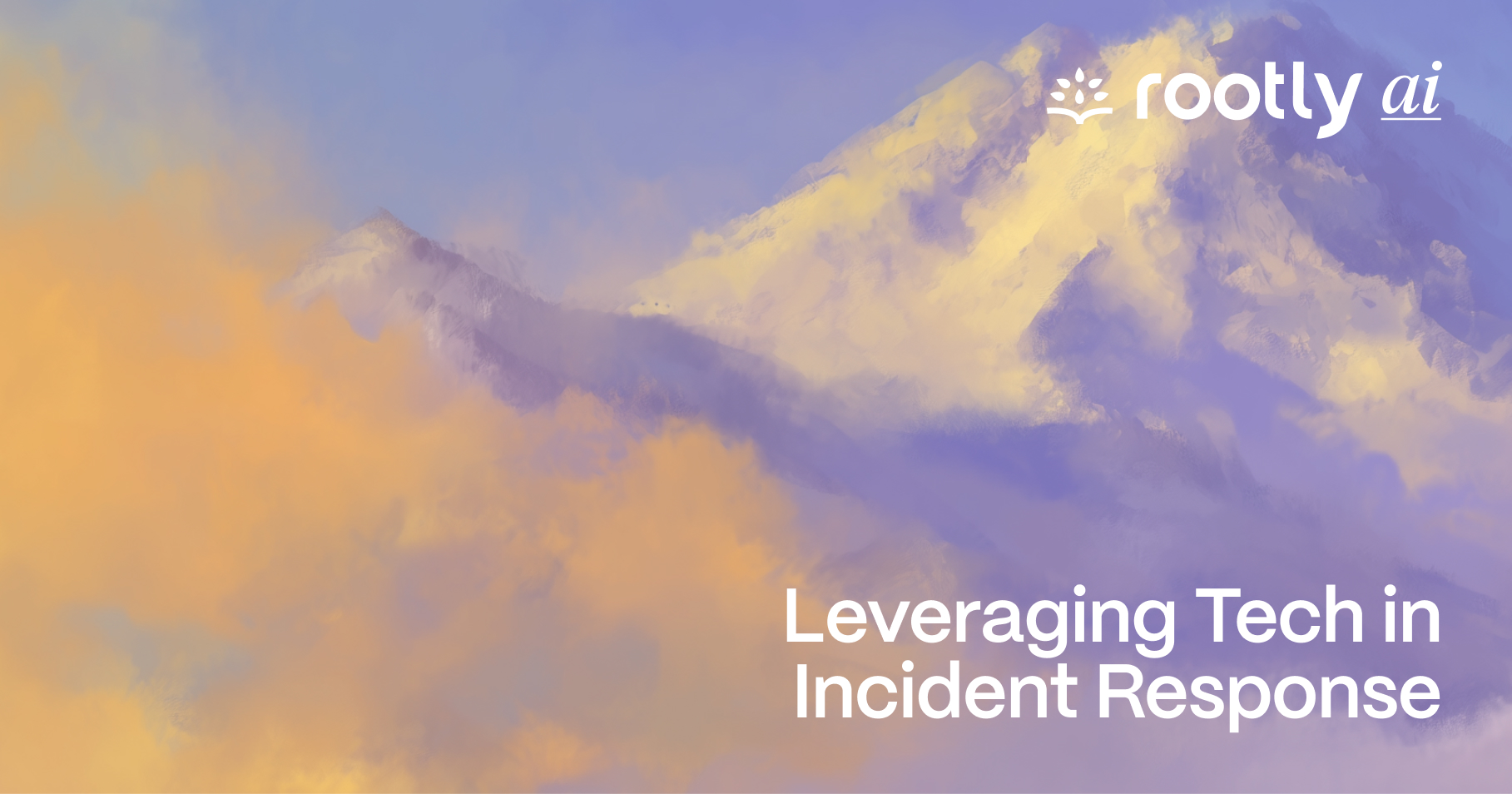

Incident Response Maturity: Leveraging Tech Proactively
Strengthen your incident response with observability, AI, and automation
February 23, 2024
5 min read
In an era where automation and artificial intelligence are increasingly integral to software development and operations, the 2024 VOID Report sheds critical light on the nuanced impacts of these technologies. Here, we delve deeper into the report's key findings and explore predictions for the near future, weaving a comprehensive narrative highlighting challenges and opportunities.



In an era where automation and artificial intelligence are increasingly integral to software development and operations, the 2024 VOID Report sheds critical light on the nuanced impacts of these technologies. Here, we delve deeper into the report's key findings and explore predictions for the near future, weaving a comprehensive narrative highlighting challenges and opportunities.
The VOID Report emphasizes the significance of dedicated structural support for organizational incident analysis. This approach not only facilitates a deeper understanding of incidents but also fosters a culture of continuous improvement. By allocating specific roles and resources to incident analysis, organizations can more effectively integrate insights into product planning and development cycles. Looking ahead to 2024, this trend is likely to catalyze a shift towards systems that are not only more resilient but also self-adaptive, capable of responding to unforeseen challenges with minimal human intervention. The rise of such systems will herald a new era of software development where reliability and adaptability are paramount.
Automation's role in incidents is far from monolithic; it can act as both a contributor to and a mitigator of issues. The VOID Report's insights into this duality prompt reconsidering how automation is deployed within systems. The challenge for the future will be developing automation that is not only intelligent but also context-aware, capable of discerning the most appropriate course of action in a complex landscape of potential incidents. By 2024, we anticipate advancements in AI and machine learning that will enable automation tools to better navigate this complexity, leading to systems that are more robust and less prone to unintended consequences.
The report's identification of automation as a double-edged sword—capable of both alleviating and exacerbating issues—highlights the need for more sophisticated, self-healing systems. The development of such systems will be a crucial focus in the coming years as organizations strive to mitigate the risks associated with overly rigid or simplistic automation strategies. By 2024, we expect to see significant progress in creating automation that can autonomously diagnose and correct missteps, significantly reducing the need for human intervention in correcting automation-related issues.
Despite the advances in automation, the VOID Report underscores the indispensable role of human intervention. As systems grow more complex, the need for human oversight becomes ever more critical. This reality points to a future where the development of tools and platforms that facilitate effective human-automation collaboration is paramount. By enhancing the transparency and interpretability of automated systems, these tools will ensure that human operators can intervene swiftly and effectively when necessary. As we move towards 2024, the focus will increasingly be on empowering humans to work alongside automation in a symbiotic relationship, leveraging the strengths of both to achieve optimal outcomes.
Finally, the report's exploration of automation archetypes offers valuable insights into how automation can be more effectively managed and deployed. By recognizing the distinct roles automation can play in incidents, organizations can tailor their strategies to mitigate negative impacts while amplifying positive ones. This nuanced understanding of automation's roles will guide the development of new tools and technologies designed to address the challenges identified in the report. As we approach 2024, the emergence of specialized automation solutions, informed by the archetypes identified in the VOID Report, will mark a significant evolution in how automation is conceptualized and utilized.
As we look towards 2024, several key predictions emerge from the insights of the VOID Report:
In conclusion, the 2024 VOID Report offers invaluable insights into the complex interplay between automation and human oversight in software systems. As we navigate the challenges and opportunities presented by these findings, the future of software development and operations looks set to be shaped by a deeper understanding of automation's potential, both positive and negative. The next few years will undoubtedly witness significant advancements in this area as we strive to harness the power of automation while ensuring it serves to enhance, rather than hinder, our technological progress.
What does this all mean for incident responders? Here’s a list of quick takeaways:
Rootly lets you harness the power of AI and automation to resolve incidents faster and better. With 70+ native integrations, Rootly streamlines every phase of incident management from alert to retrospective. Book a free personalized demo at rootly.com/demo.\